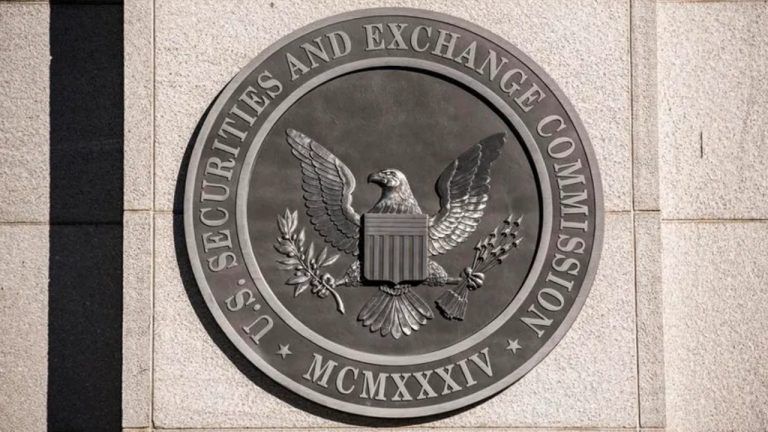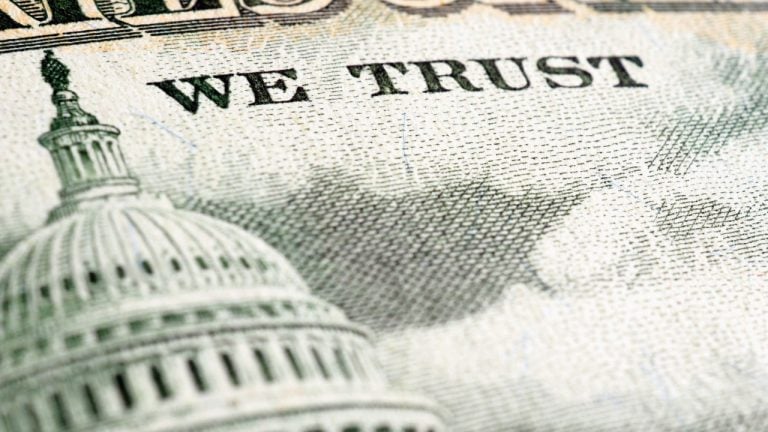
The Atlanta, Georgia-based bank joined the Federal Reserve System in 1947 and is classified as a minority-owned depository institution.
Citizens Trust Bank, a financial institution regulated by the Federal Deposit Insurance Corporation (FDIC), has partnered with Circle Internet Financial to hold some of its reserves in USD Coin (USDC) — a move the companies said would promote financial inclusion and digital literacy in the greater Atlanta area.
On Feb. 24, Circle announced the Atlanta-based Citizens Trust Bank would hold $65 million in USDC reserves as part of a broader collaboration between the two companies. The bank’s USDC reserves will provide small businesses with access to capital and be used for other financial inclusion initiatives. Citizens Trust president and CEO Cynthia N. Day said holding USDC would also improve the bank’s balance sheet.
Citizens Trust Bank is classified as a minority-owned depository institution (MDI) by the FDIC, meaning that a majority of its voting stock or board of directors are minority individuals. The bank joined the Federal Reserve System in 1947.
The bank increased its deposits by $220 million in 2020 and 2021. In 2021, the last year for which there is publicly available information, Citizens funded $157 million worth of commercial, consumer and residential mortgage loans.
Related: Breaking: Circle squashes rumors of planned SEC enforcement action
Citizens Trust isn’t the only United States financial institution to hold USDC reserves. As reported by Cointelegraph, the Bank of New York Mellon, Customers Bank, New York Community Bank, Silvergate Bank, Silicon Valley Bank and Signature Bank also hold USDC on their balance sheets.
1/ Last year, stablecoins settled >$7tn on-chain. Current run-rate is ~$9tn/yr. This is significantly more than Mastercard (~$2.2tn), Amex (~$1tn), and Discover (<$200bn). In 2023, on-chain stablecoin volumes will surpass the largest card network, Visa, which processes ~$12tn/yr. pic.twitter.com/DMG9NpDW8t
— Peter Johnson (@TheChicagoVC) December 21, 2022
Stablecoin settlements have grown in lockstep with the decentralized finance boom of the last two years, with more users relying on dollar-pegged assets to maintain collateral, trade cryptocurrency and earn yield. However, stablecoin usage for payments remains minimal due to regulatory barriers.













